Driving the Point Home
In late September, I went to Raleigh, N.C., for a fresh perspective on the industry. And up until my week in the South, I was convinced that garden center tour attendees retailers who leave their stores to travel by bus for three days, visit countless other retail operations and generate new ideas and feedback nonstop were the most hardcore members of this industry. Now, it seems we have a tie: The more than 600 enthusiasts who attended this year’s 61st Annual Garden Writers Association Symposium were bubbling over with energy, plant knowledge and a passion for the industry that bordered on obsession. What an amazing group.
These garden writers come from all kinds of publications, from the tiniest local newspapers to the major consumer magazines, as well as book publishers, PR firms and garden blogs. There were also a few breeders, growers and retailers who write on the side. Most were gardeners first, writers second. Some even had horticulture degrees. A few, like me, just stumbled into the field after journalism school. (Can’t ignore your roots!)
As a trade writer in a sea of consumer writers, it was helpful to consider a different perspective from my own and to hear another way people are communicating with consumers. Instead of selling specific products directly to the consumer, they’re the ones planting the tiny seeds, encouraging readers (we hope) to leave the house, shop at their local garden centers and make their outdoor spaces beautiful. But the overall aim is the same: We all love this industry and want to share it with new people every day.
Major Themes
They share your goals, and their challenges are much like yours, too. Publications are cutting their budgets because of declining ad sales, leaving less room for gardening stories in newspapers and magazines and besides, to hear the mainstream news media tell it, the young people just want to read everything online. So the writers who want to stay in business are looking for new vehicles and messages to communicate with their audiences.
There were two major themes throughout the sessions and workshops at the symposium: understanding and using social media (think Facebook, Twitter and all those other interactive Web 2.0 sites) and catering to the younger generation. Retailers are faced with these ideas on a regular basis, too, in the news and from at least a few of the trade publications. Including this one: I’m a huge proponent of finding or making time to invest in up-and-coming technologies and up-and-coming demographics.
These themes are definitely linked, but they’re not mutually exclusive: Young people myself included, at 26 are making the most noise about social media, but the number of older adults getting a taste of their own is growing, and fast. A January 2009 study by the Pew Internet & American Life Project found that 35 percent of American adult Internet users have a profile on some social networking site, and that number has surely gone up since then.
It’s impossible to tell what role this technology will have for your business in the future just like it’s impossible to know whether the younger generation will ever be interested in gardening like their parents and the baby boomers but the consensus at the symposium was that it would be foolish to ignore them completely, and I agree. I don’t want to sound like a broken record, but I’m making it my personal mission to help you all understand why social media is important right now, even if it doesn’t show up as dollars in the ledger just yet, and how to use it efficiently with examples of retailers and other businesses who are finding success with it. That’s this garden writer’s passionate promise. See you in 2010!

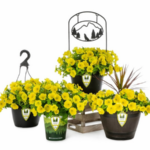






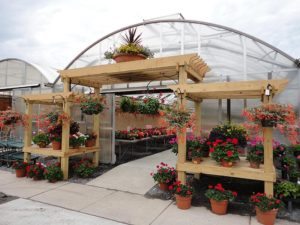

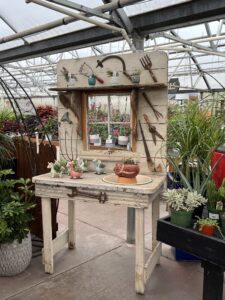
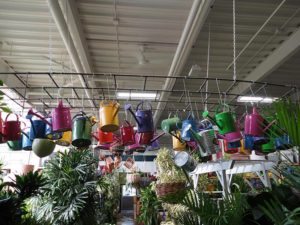

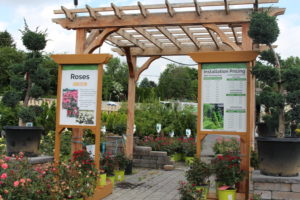
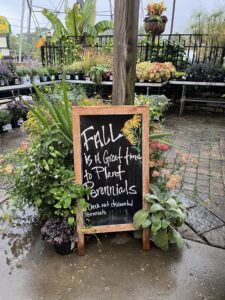



 Videos
Videos





